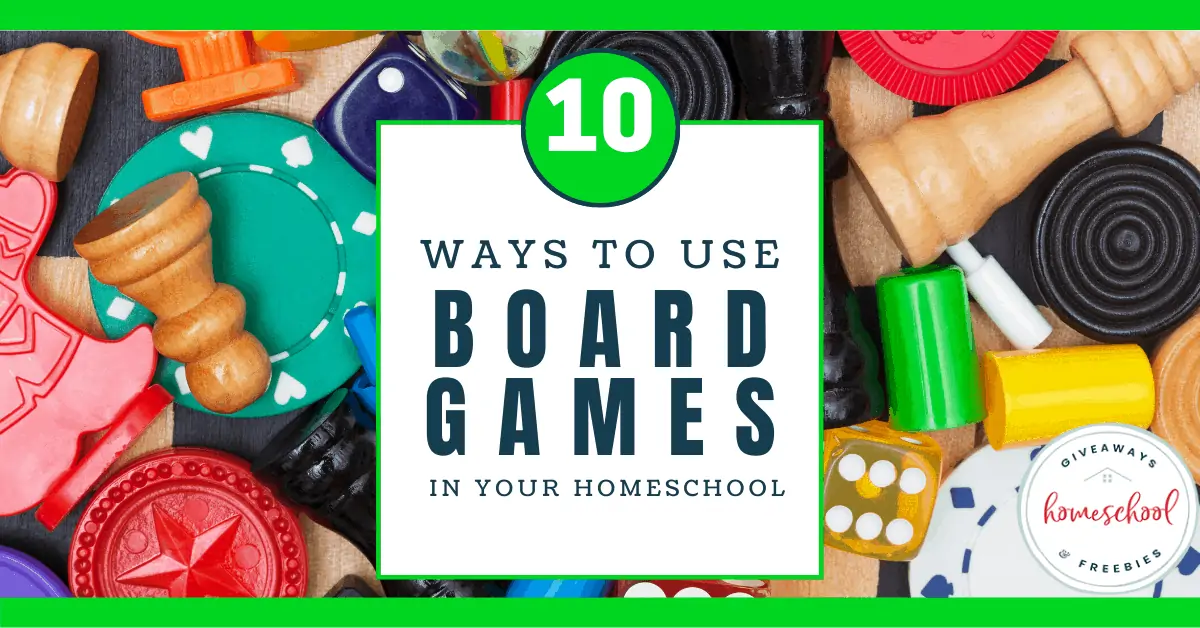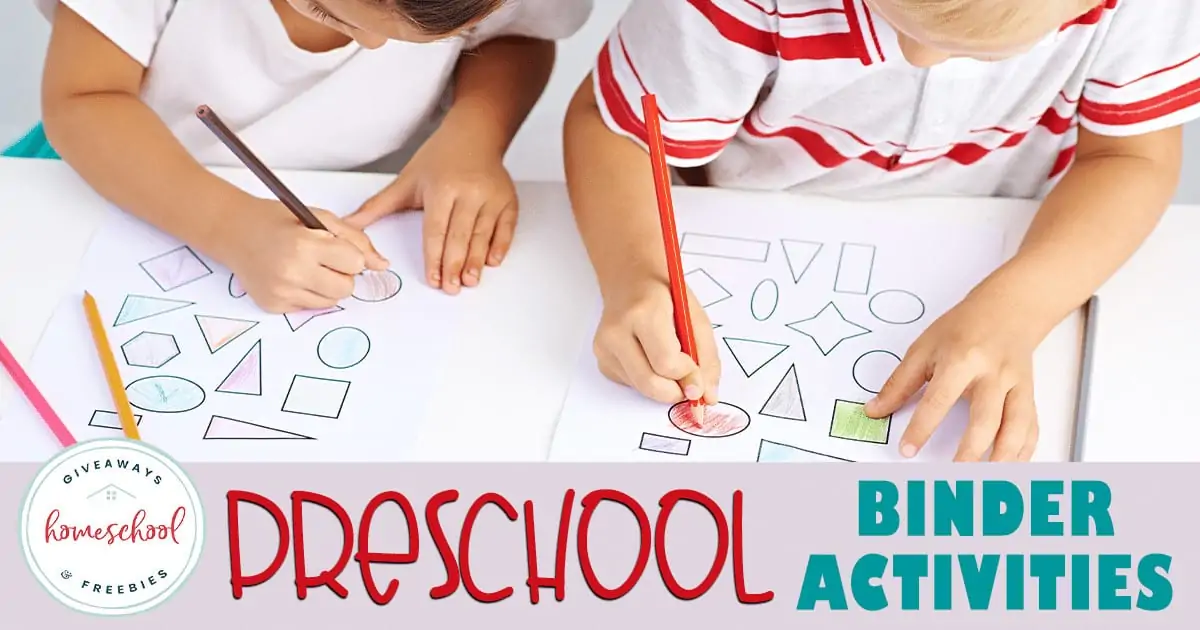How to Foster a Love of Learning
Published:
September 21, 2020
Contributor:
Jeannette Tuionetoa
Disclosure: This post may contain affiliate links, meaning if you decide to make a purchase via my links, I may earn a commission at no additional cost to you. See my disclosure for more info.
Learning how to foster a love of learning in our homeschools can be a difficult task. Yet, it is a hundred times better than some of our experiences in school.
Some of you were homeschooled and that is why you understand that homeschooling is the best option for your own children.
Others of us went to… public school. If students don’t have a teacher that LOVES teaching, then that love for learning has to come from the child. That is pretty rare.
Usually, a child who loves learning has an adult who loves teaching or one that loves learning as well.
I didn’t have that growing up, except for one teacher. She taught Psychology in Literature. She had such a passion for us to learn. We broke apart characters in texts and dissected why they did the things they did.
I didn’t read the full texts but when I actually went to school, I never missed that class. (I wasn’t the best example of a “good student,” to say the least.
Her passion made me remember literature and it helped me decide to major in English education.
So when discussing the love for learning in your home, this is the first thing that makes a difference. To foster a love of learning, model a love for learning.
That doesn’t have to look like it may seem. You don’t have to LOVE every subject, but you can try to make learning fun, interesting, or even just engaging.
Make sure your kids see you learning something new; whether it be a new meal, a home DIY project, a subject — but first and foremost God’s Word.
Here are some more ideas for how to foster a love of learning with your kids.
(I am starting with #2… because #1 is showing your kids that you enjoy learning and have a passion for your interests.)
2. Make learning meaningful/relevant to your kids.
See, in a classroom full of 20-30 some-odd kids, you can’t really gear learning towards all the interests of each child. Your teaching has to be more general in that sense.
In our homeschool, we can teach to our child’s interests, their likes, and what is relevant/happening around them.
Building knowledge from interests and relevancy to the current world around them empowers kids to think critically, to make connections, and to practice being aware.
Unit studies really help me with this child-driven interest study to do things like math, writing, research, STEM and all of the above with what my child really likes.
Check out this article on how to use unit studies to break up the monotony in your homeschool.
3. Offer a variety of learning experiences.
Go on field trips, watch virtual tours, make crafts, or tackle DIY projects. Learning is not just about text, it is about a journey, about the experience in addition to information. We can do that for our homeschool kids.
4. Welcome questions.
We don’t know everything. Our kids have a lot of questions. Trust me that it is more important to hear questions than for kids to not have questions at all.
Making an environment where our child’s questions and ideas are welcomed improves our kid’s ability to think for themselves. Let’s make it a habit to not shut down our kids when they have questions. Answer willingly, find answers to questions you don’t know answers to.
Build thinkers by welcoming a child’s questions and you will find a child that loves to learn new things.
5. Incorporate playing games.
There are families that build their homeschool around games, and there is a good reason for them to do so. Not all kids learn the same – but most kids LOVE games.
Even the most intelligent child can enjoy a game or two alongside their lessons. Many times when we incorporate games in our homeschool or even in everyday games, our kids don’t realize just how much they are learning. – But we do and that is a parenting WIN!
Gameschooling: FREE Printable Games for Kids
10 Ways to Use Board Games In Your Homeschool
6. Incorporate activities
Get kids up and moving, using hands-on activities, and tap into many different learning styles. Either way activities in addition to texts, help kids understand a subject more. Here are some ideas for activities to go alongside your lessons at home.
Hands-On Activities for Studying Ancient History
20 Hands-on Activities for Learning the Alphabet
FREE Printable Hands-On Activities for Counting Money
25 Screen-Free Activities for Kids
7. Use STEM
The subjects of science and math can be two of the most difficult subjects for kids to understand. Maybe it is because they get bored or don’t understand. Either way, teaching these subjects can be grueling for some of us — unless we find ways to make it engaging.
STEM allows our kids to combine subjects to answer life’s questions in a way that kids discover on their own. This interactive process makes kids excited to learn.
The Very Best STEM Activities for the Fall
Life Science STEM Projects FREE
FREE History & Geography STEM Projects
FREE STEM Resources for Arts & Music
23 STEM & STEAM YouTube Channels for Kids
12 Best STEM Activities for Kids | Pure Wow
8. Discover barriers and adjust.
Like I mentioned before, not all kids learn alike. Where some kids can fall through the cracks in a large classroom, we can adjust our teaching styles to help our kids learn in a way that is most beneficial for them.
For instance, my son has super high energy most of the time. I was able to help him self-regulate it through diet and sleep patterns, but it only took the edge off. Check out some ways that I adjusted our homeschool in order to maximize my son’s learning.
Adjusting your child’s lessons to fit them best, creates a child who loves learning in a different way — and know that the way they learn is OK.
How to Homeschool High Energy Boys Who Cannot Sit Still
FREE Children’s Learning Style Quiz
Homeschooling Tips for a Childs Different Learning Styles
9. Use mistakes as learning tools.
Mistakes are also OK. They can be negatives or they can be learning experiences. We can dictate which outcome we want from the mistakes our kids make. Overall we want to point them to try again, instead of quitting.
We all make mistakes. Verbalize how you have overcome mistakes in the past, show kids that you aren’t perfect — even though you guys ROCK!
Kids can feel secure in making mistakes because they are then one step closer to the goal. Scientists and inventors all go through this, make sure your kids know that.
10. Encourage responsibility and independence.
Gradually provide your students/kids the opportunity to do things on their own. Assign them chores and help them learn new chores as they grow older.
Incorporate some independent learning exercises, make sensory bins for your little ones, and allow kids to choose some topics to study or courses to take.
Independence allows your kids to develop confidence in themselves and confidence in their ability to learn new thing son their own.
Ways to Foster Independent Learning
How to Raise Independent Children
Independent, Open & Go Curriculum that Doesn’t Need a Teacher’s Guide
Practical Strategies for Independent Learning To Stop The Chaos | Intoxicated on Life
Homeschool Planner to Encourage Independent Learning | Techie Homeschool Mom
Fostering a love of learning in our children takes intentionality and purpose. Lifelong learners aren’t always miraculously born that day. They nurtured into it by their environment and yes, us parents.














